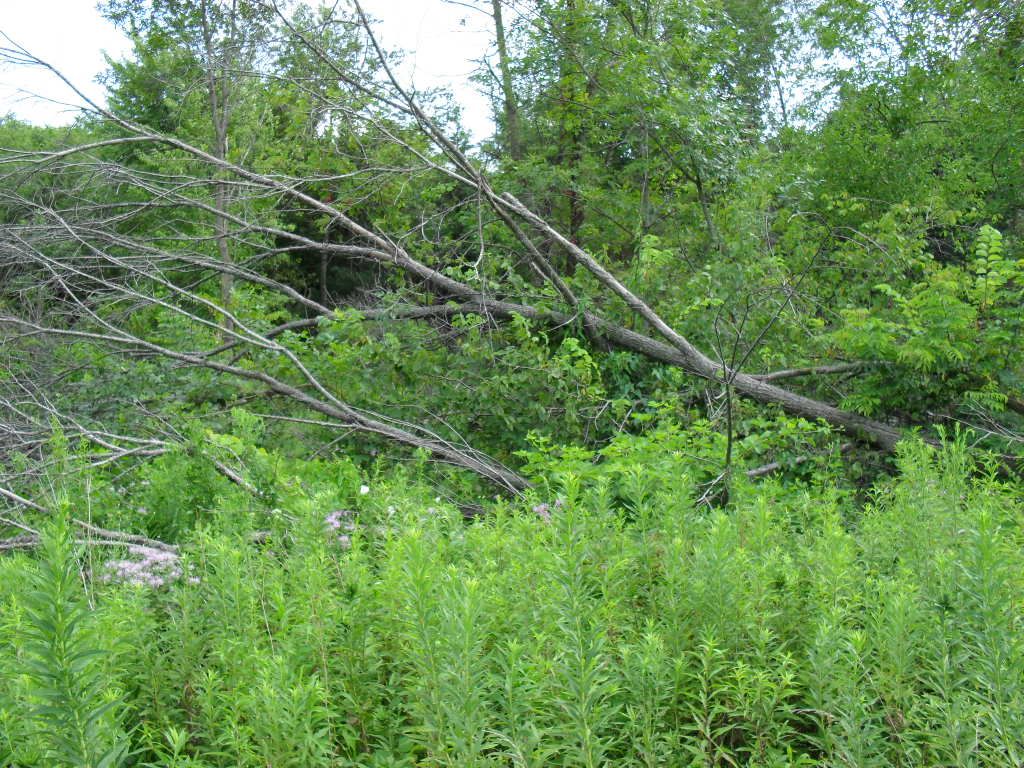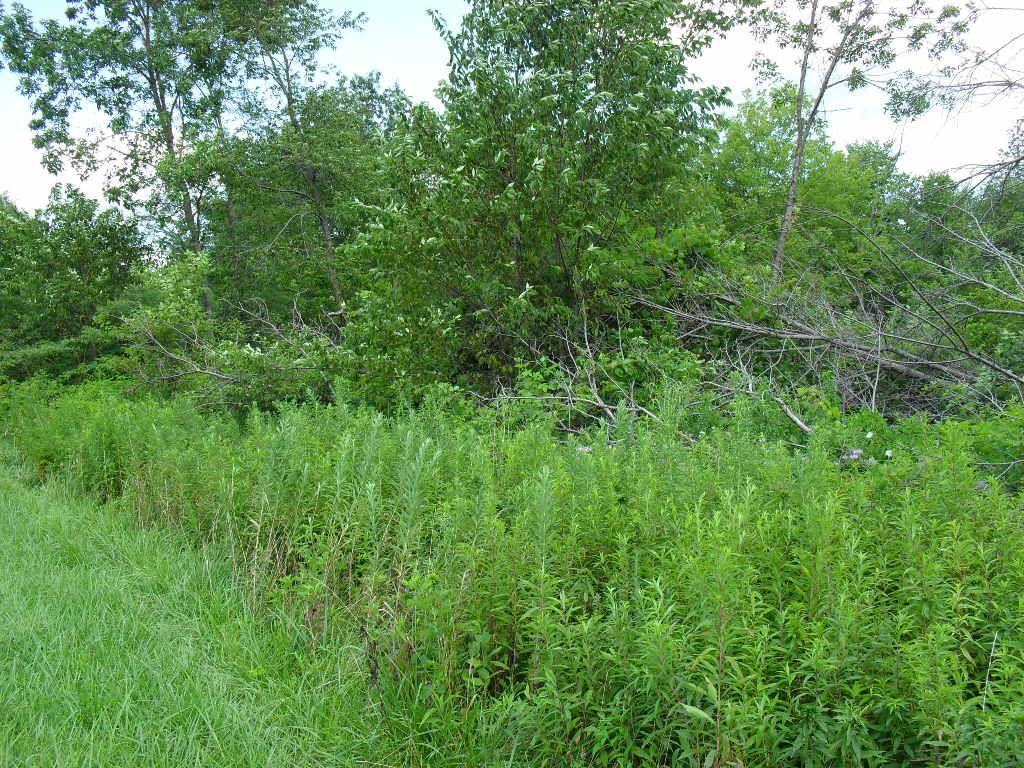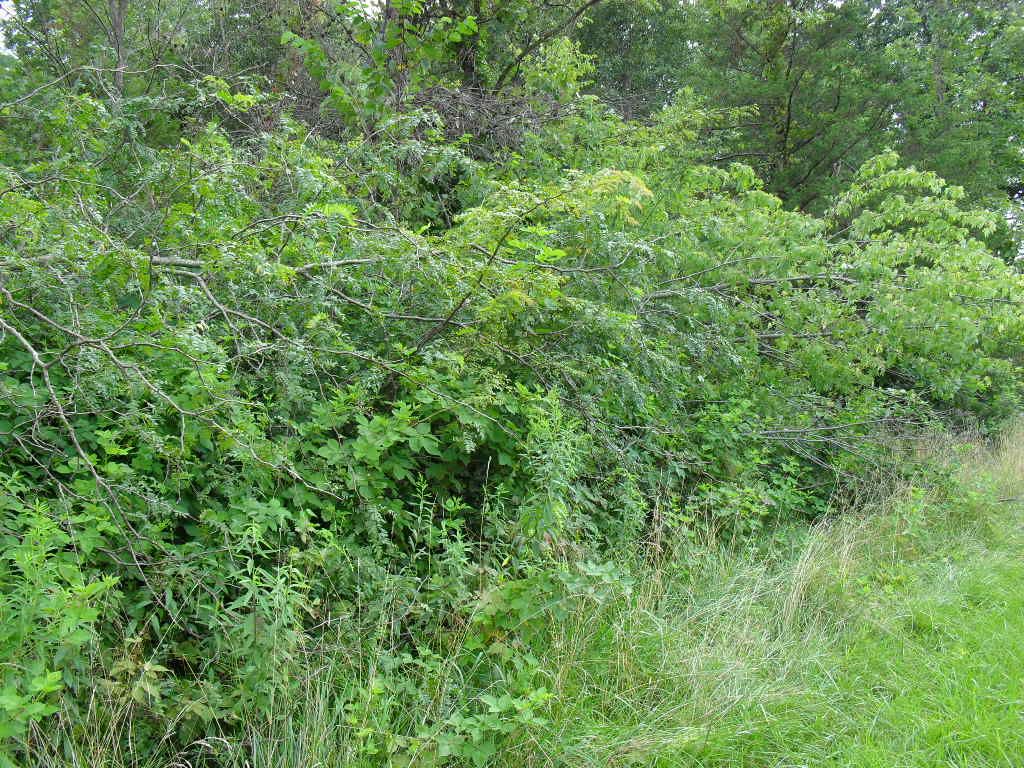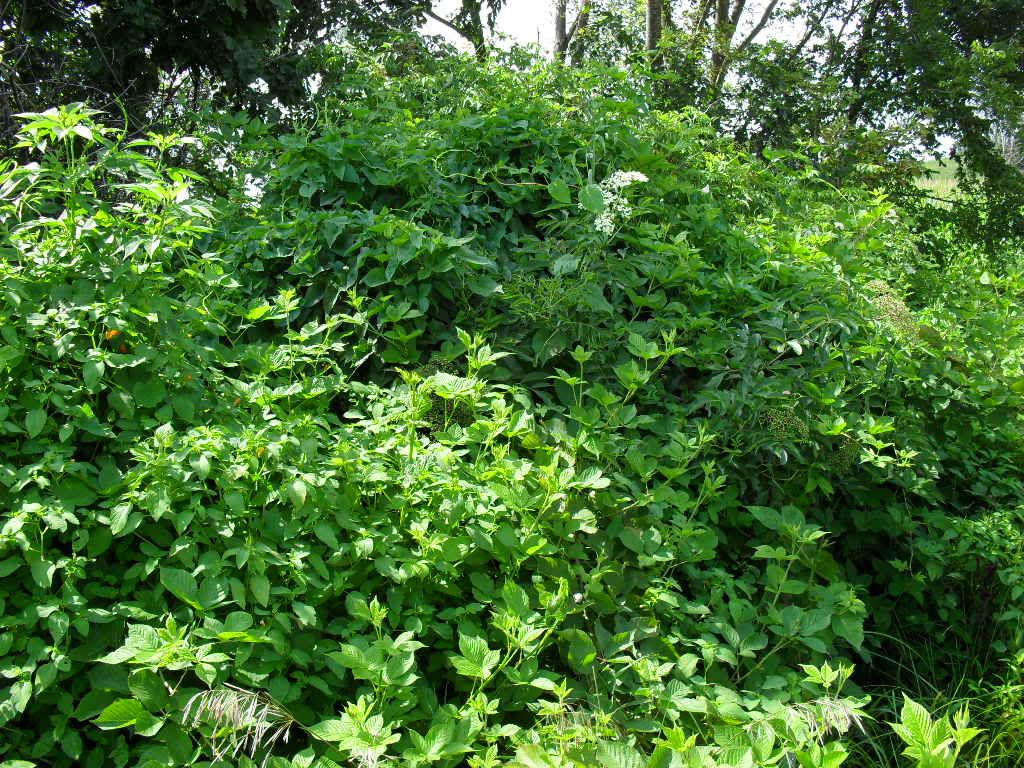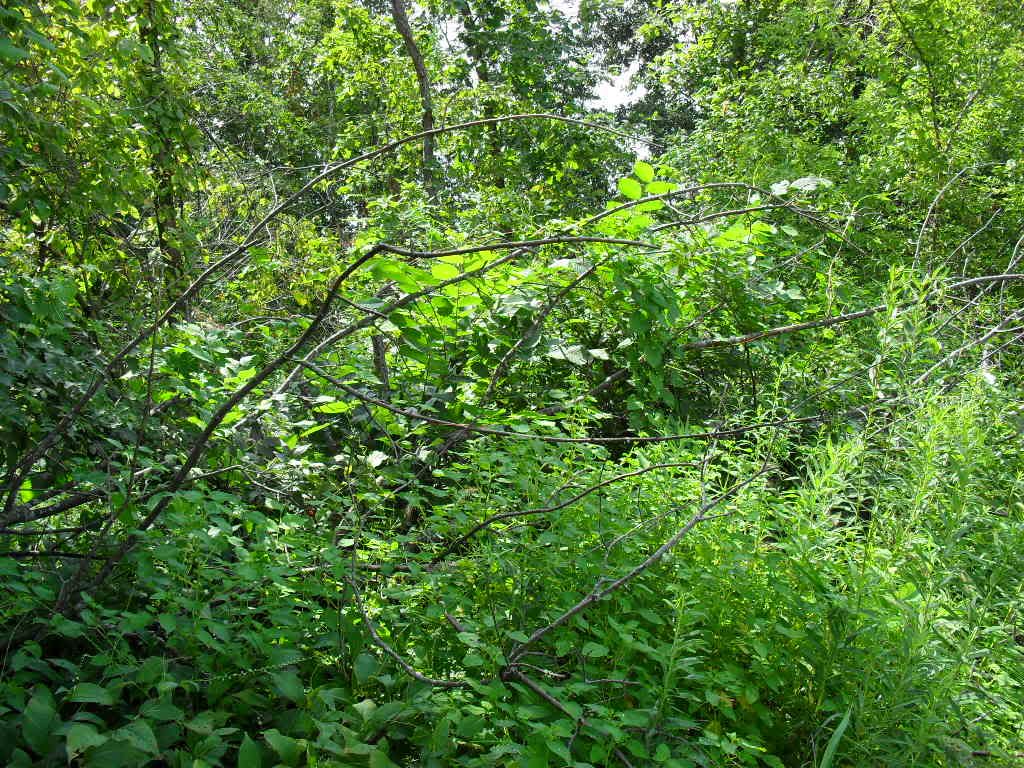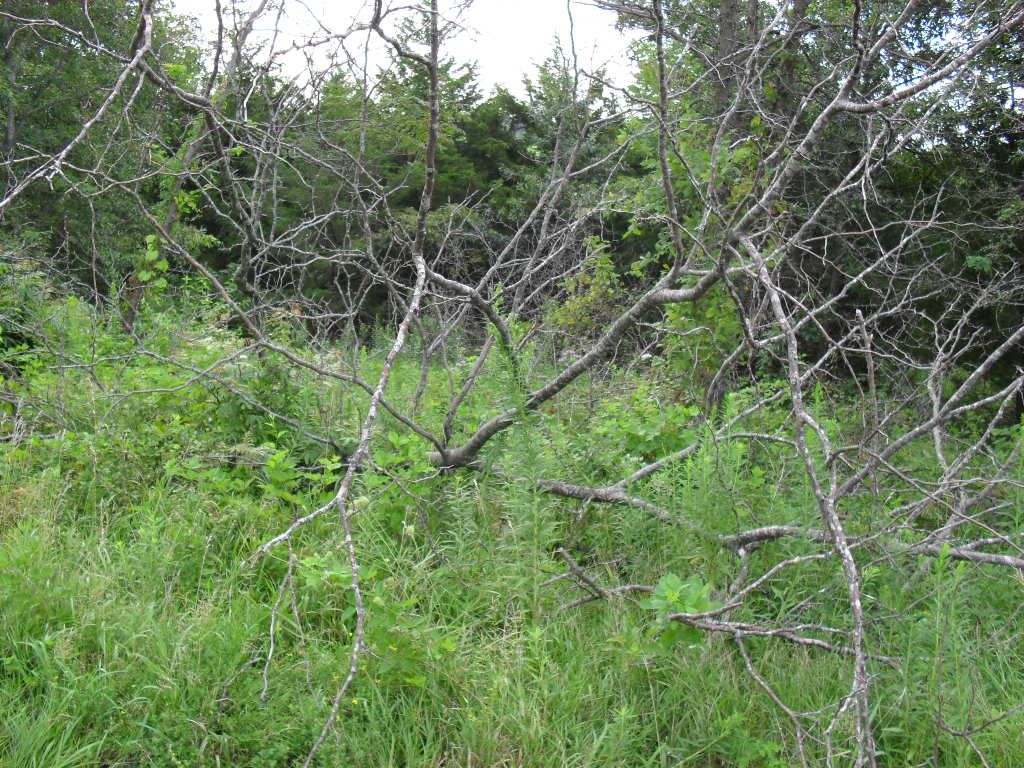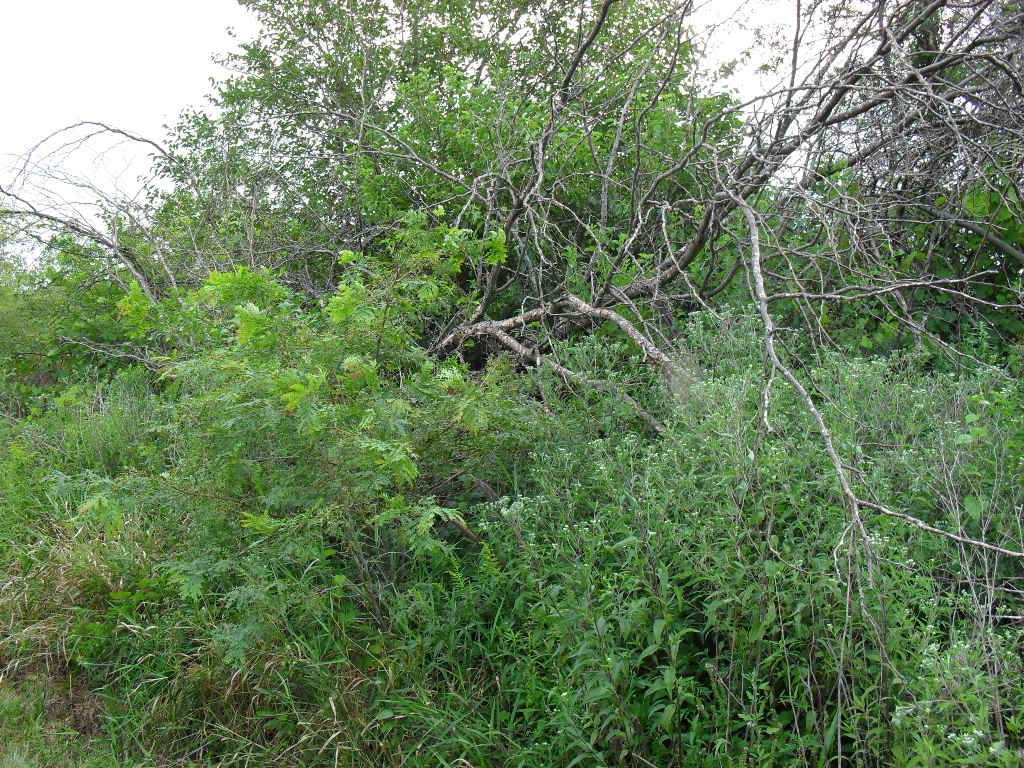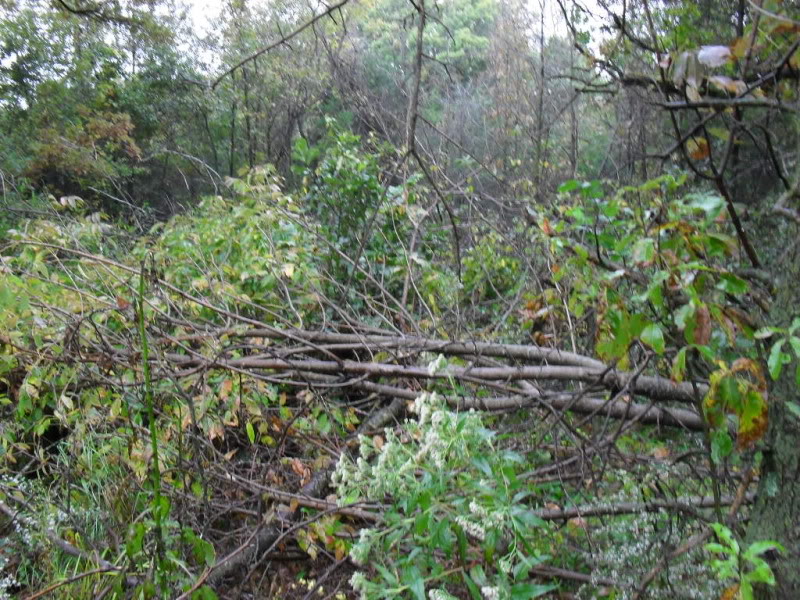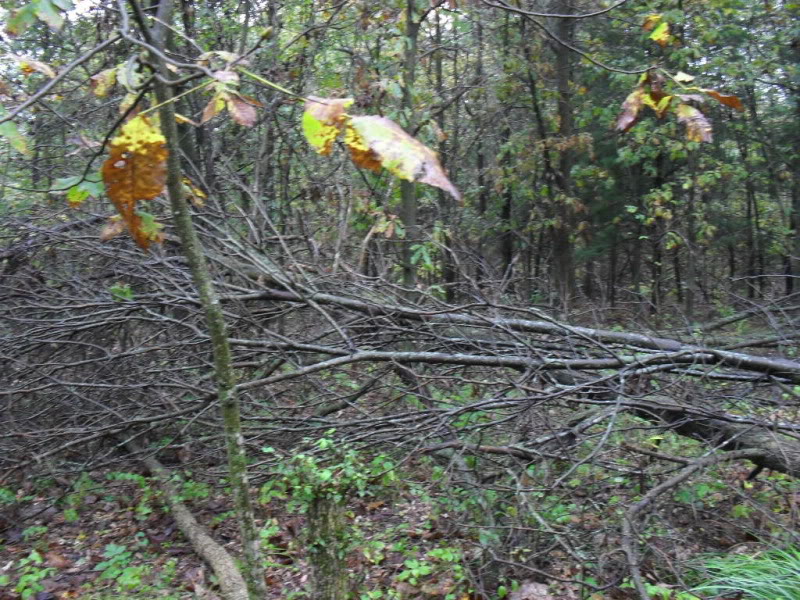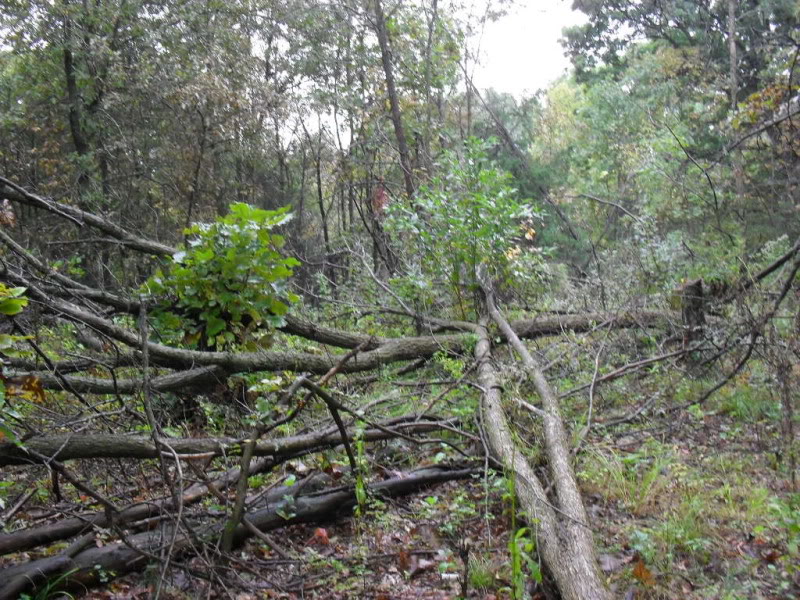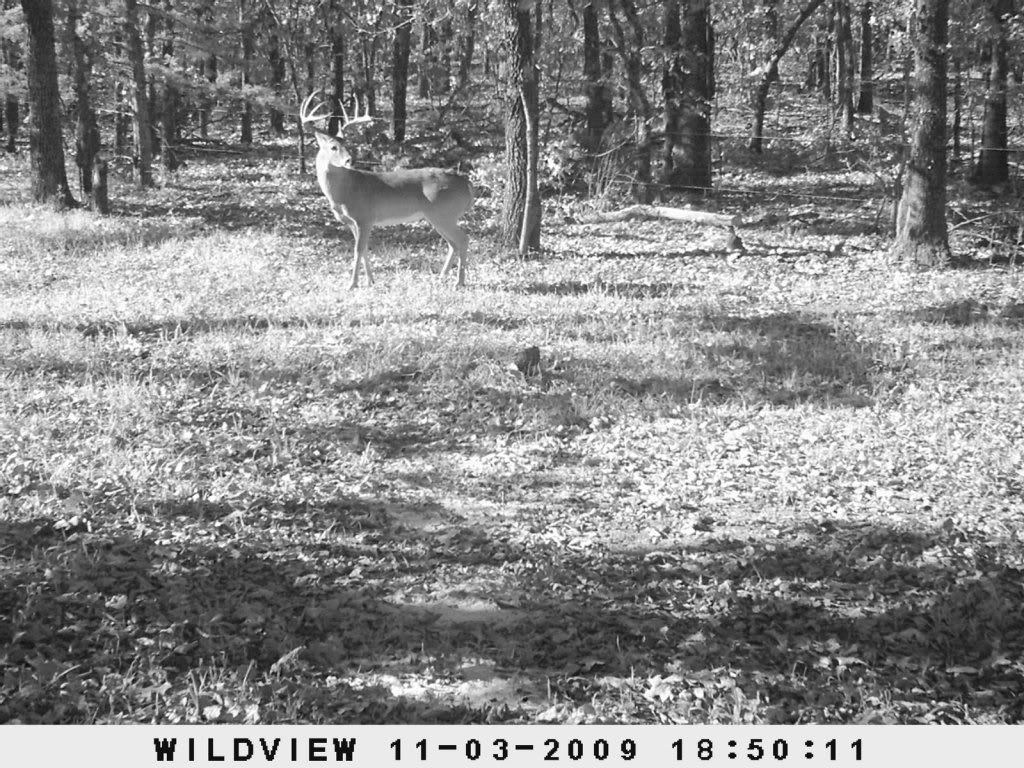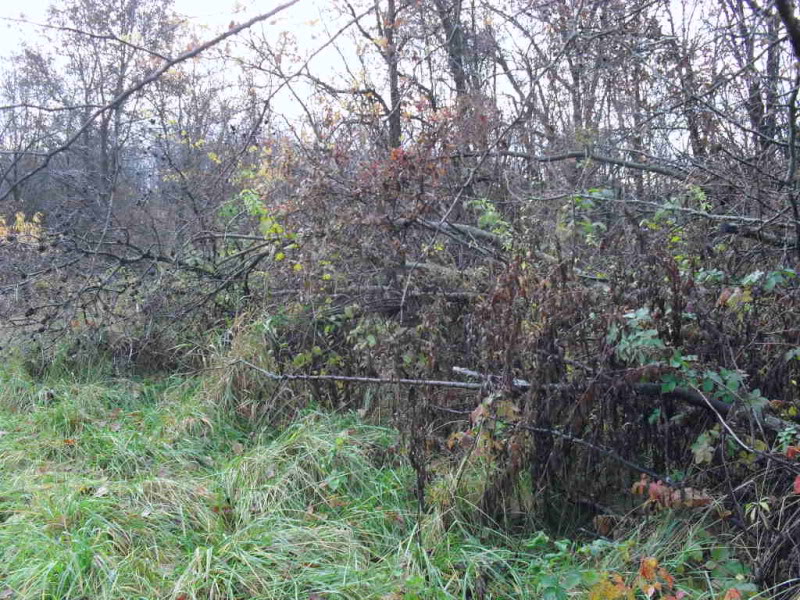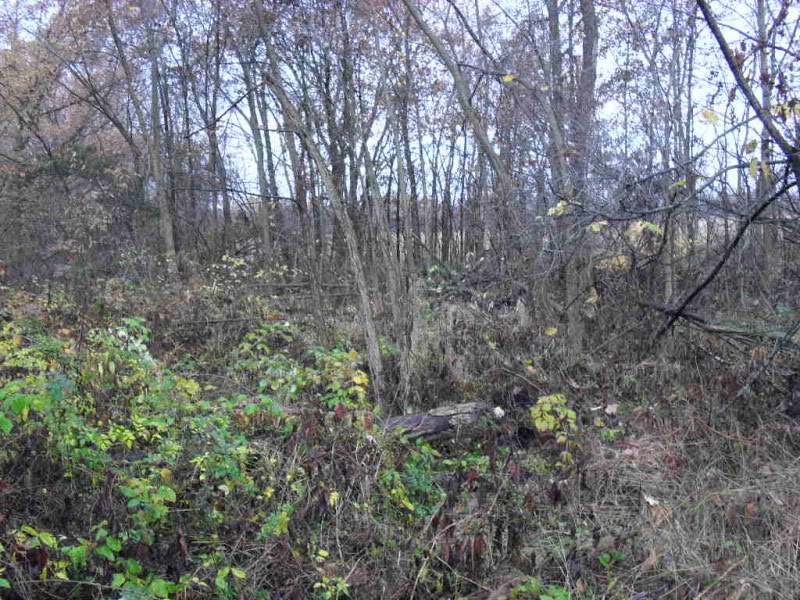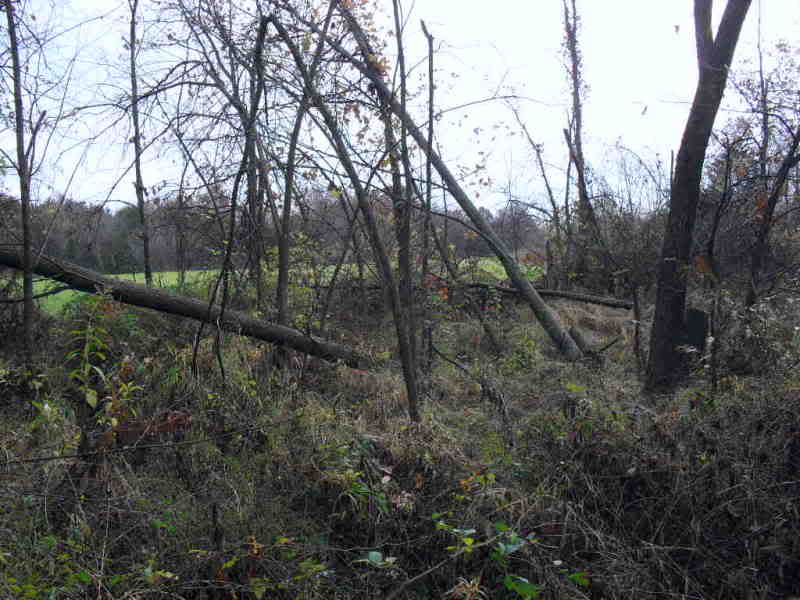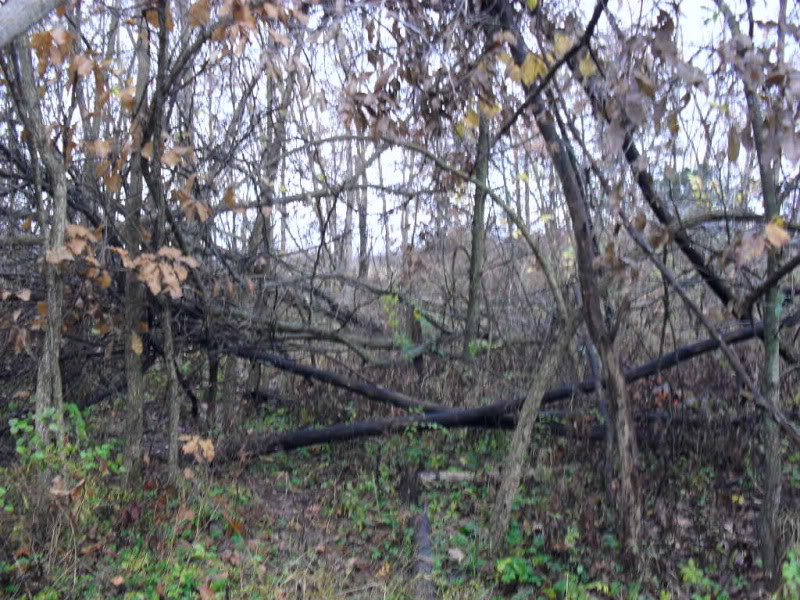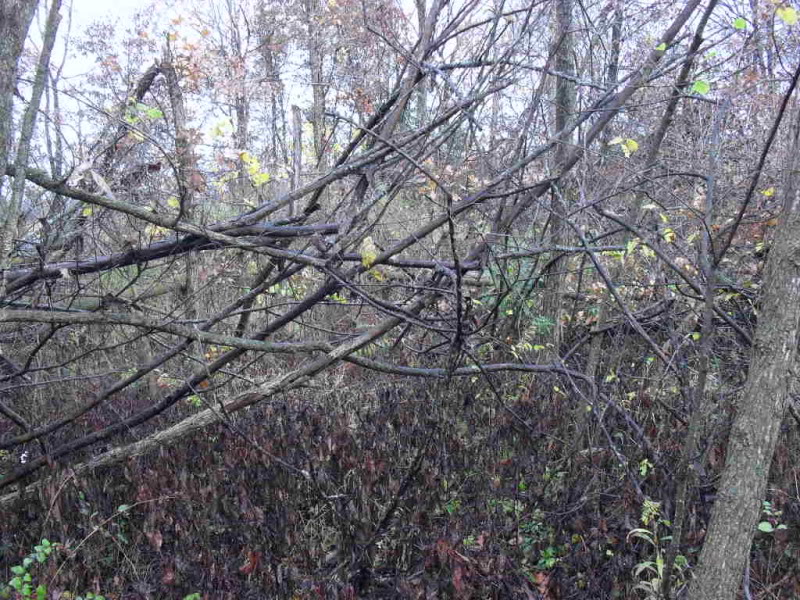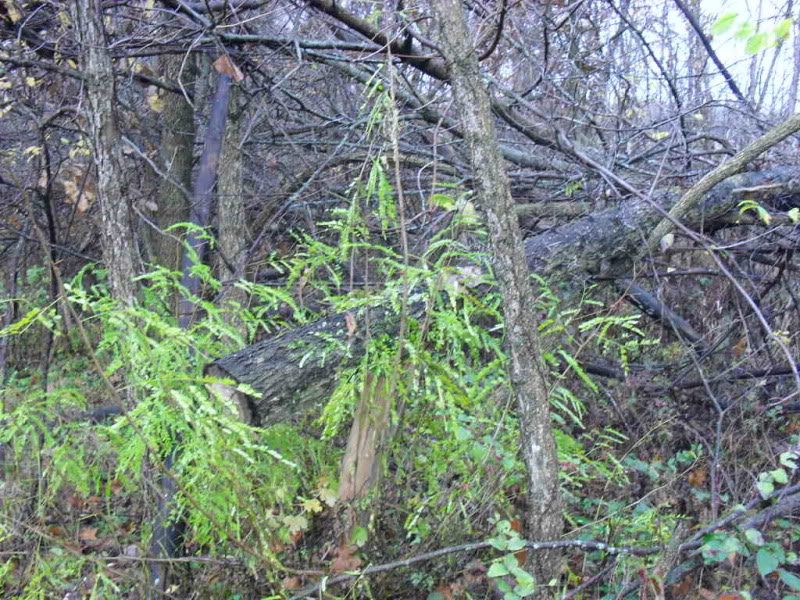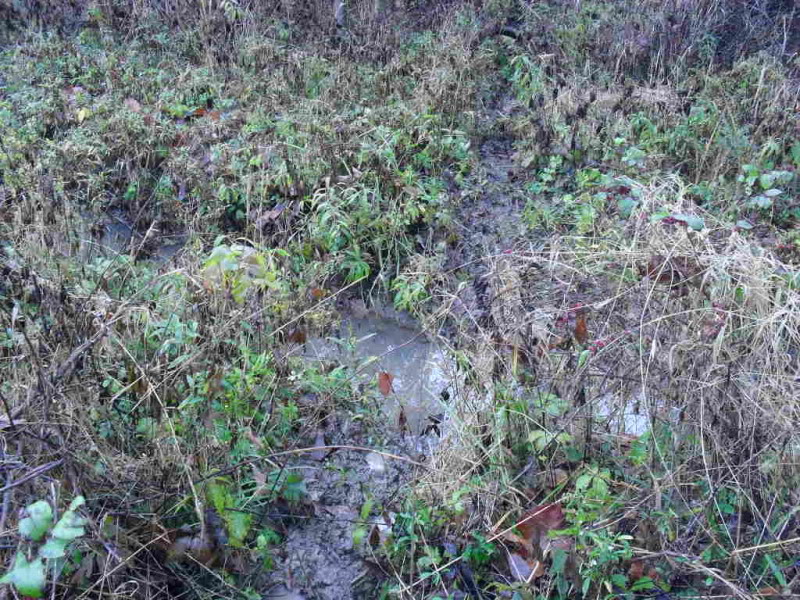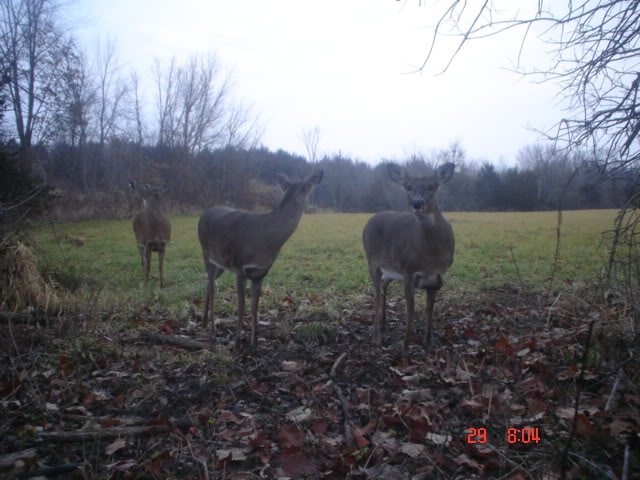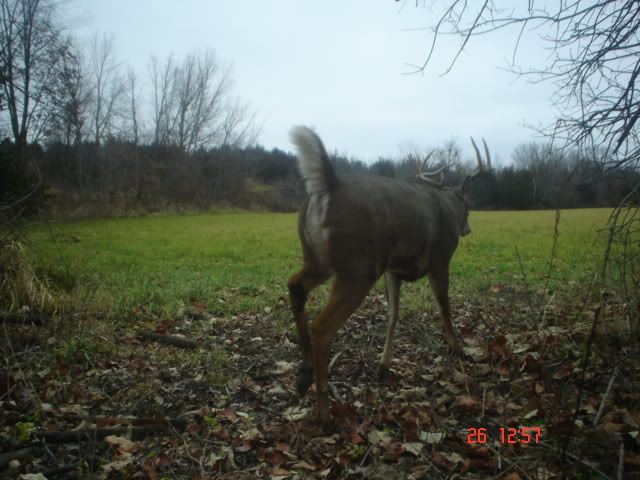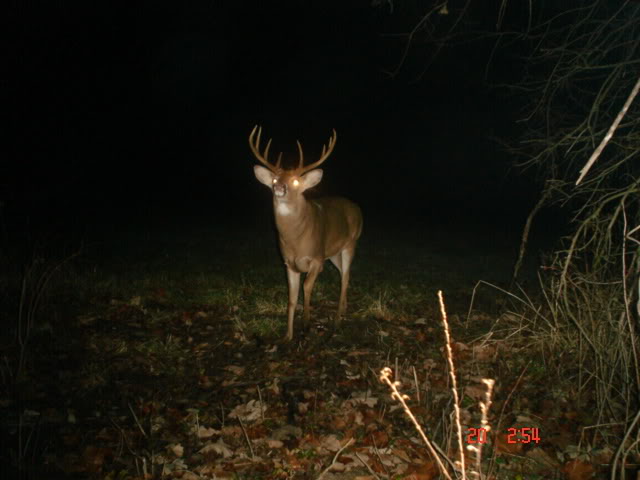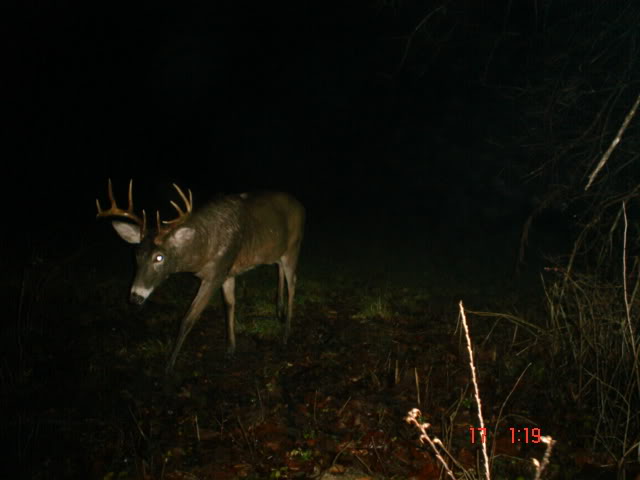Just wanted to say threads on this site have been very informative and helped us a bunch...you guys have this down to an art...thanks for your time and efforts!
Have been musing through this bedding thread as we are simply wanting to increase security and sustainability of current bedding areas. I am confused a bit on the V concept.....just can't visualize it from the pics. The slope, top or ridge part I do understand. But not so much on the size of the V, how it relates to the slope, and where one would expect them to bed. If someone you has the time and creativity to maybe post a diagram or something like that it would be much appreciated. Understand it's 'showtime' huntin wise and the projects won't begin till late december. No hurries but if one has time over the next couple months it would be much appreciated!
Good luck to all...shoot straight and be safe! :drink2:




